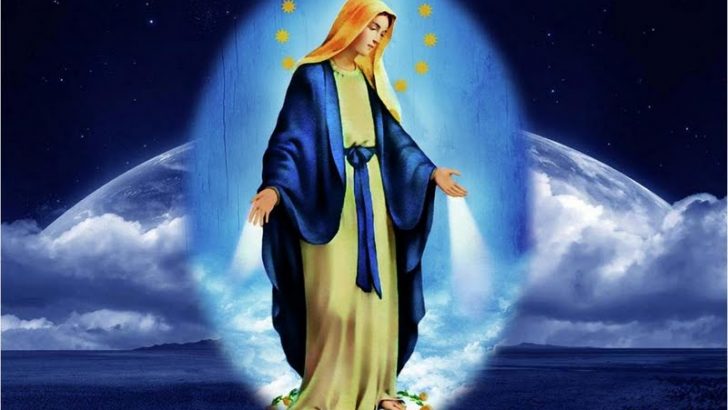It was no fluke that the climax to J.R.R. Tolkien’s The Lord of the Rings – the destruction of the Ring on Mount Doom – took place, as Tolkien fans who pore over appendices will tell you, on March 25.
March 25, writes Eleanor Parker at aclerkofoxford.blogspot.com, is “the single most significant date in salvation history”, which the devoutly Catholic writer adopted in order to “align Tolkien’s own eucatastrophe with this most powerful of dates”.
‘Eucatastrophe’, roughly translateable from Greek as ‘good disaster’, was a word Tolkien coined to describe a sudden and consoling happy turn in a story, an ending that can bring forth tears of joy and reveal a glimpse of Truth where a sudden relief is felt “as if a major limb out of joint had suddenly snapped back”.
The Resurrection, he believed, was the greatest eucatastrophe possible, calling forth tears from the places where joy and sorrow are reconciled.
Traditional date
March 25 this year was a special occasion, the medievalist Parker writes, because it saw Good Friday coincide with the traditional date for the Annunciation. This, observes Eleanor Barkham at vox.com, is “a religious rarity that will not occur again in our lifetimes”, explaining: “This overlap has happened just three times in the 20th Century (1910, 1921 and 1932) and twice in the 21st (2005 and 2016),” continuing, “and it won’t occur again until 2157”.
Although the modern Church deals with such overlaps by moving the feast of the Annunciation, Parker says, the conjunction of the two dates was long cherished as “both deliberate and profoundly meaningful”, March 25 being thought to have been the historical date of the Crucifixion, sharing a date with the Annunciation “to underline the idea that Christ came into the world on the same day that he left it”.
The idea, she said, dates back at least to the 3rd Century, and is attested to by St Augustine, who wrote of how Our Lord both was conceived and suffered on March 25, “so the womb of the Virgin, in which he was conceived, where no one of mortals was begotten, corresponds to the new grave in which he was buried, wherein was never man laid, neither before him nor since”.
The overlap of Annunciation and Good Friday is a convergence of calendars, Parker says, noting how the 9th-Century Old English Martyrology celebrated March 25: “On the 25th day of the month Gabriel first came to St Mary with God’s message, and on that day St Mary conceived in the city of Nazareth through the angel’s word and through the hearing of her ears, like trees when they blossom at the blowing of the wind… And then after 32 years and three months Christ was crucified on the cross on the same day. And as soon as he was on the cross, creation revealed that he was truly God: the sun grew black, and the day was turned into dark night from midday until the ninth hour.”
The Annunciation and the Crucifixion were commonly paired in medieval art, Parker continues, citing carvings on an 8th-Century cross and 14th-Century manuscripts, some of which show Jesus crucified on a Lily Crucifix, associating Good Friday directly with Mary.
When the two dates converged in 1608, John Donne expressed this rarity in verse, writing: “She sees Him man, so like God made in this, / That of them both a circle emblem is, / Whose first and last concur; this doubtful day / Of feast or fast, Christ came and went away.”
Ending by calling people to understand how in some ways the medieval world was “immeasurably more humane and creative than its modern successors”, the post is a model of what blogs can aspire to.


 Greg Daly
Greg Daly
